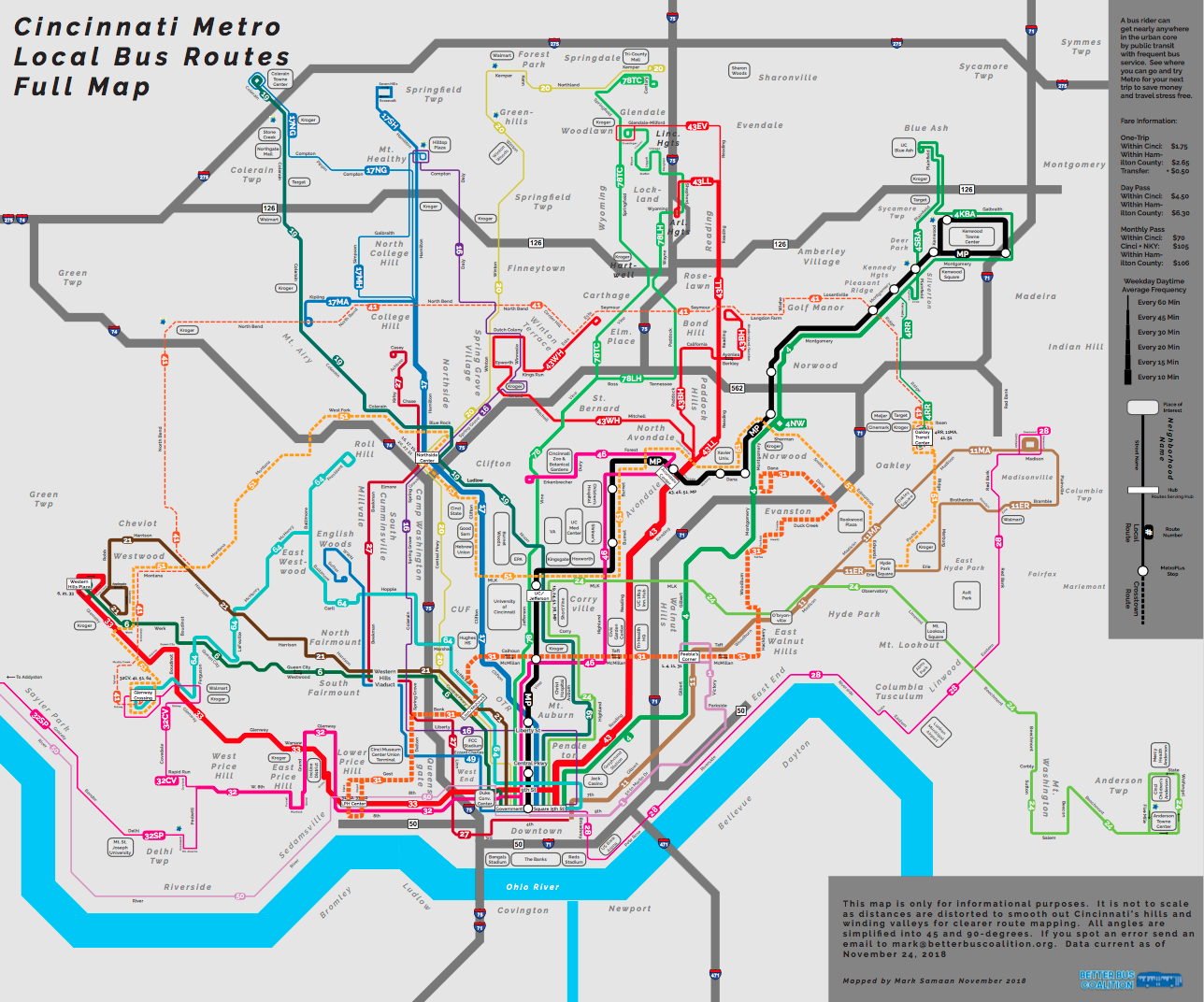Ever waited at a bus stop, scrutinizing the timetable, and wondered why it seems so different from the one you used in another city? Why your old college town had a bus every 15 minutes, while your current metropolis leaves you stranded for an hour? The answer lies in a complex interplay of factors that make each city’s bus schedule for bus a unique reflection of its needs, resources, and history.
Think of a city’s bus system as a living, breathing organism. It’s constantly adapting to its environment, which includes everything from population density to the presence of competing transportation options. Here’s a deeper dive into the elements that weave together to create these diverse bus schedules:
1. Population Density and Demand:
This is perhaps the most obvious factor. A densely populated city center, like Manhattan in New York City, demands frequent service to cater to a large number of potential riders. Conversely, a sprawling suburban area with lower population density might only require buses running every hour, serving as a lifeline for those without cars. The higher the demand, the more frequent the service tends to be.
2. Geographic Layout and Infrastructure:
The physical layout of a city plays a crucial role. A city built on a grid system, like Chicago, might have more straightforward and predictable routes. On the other hand, a city with winding roads, steep hills, or natural barriers like rivers and mountains, such as San Francisco, will necessitate more complex routes and potentially longer travel times, impacting schedule frequency. The existing infrastructure, including dedicated bus lanes and traffic light prioritization, also influences how efficiently buses can operate.
3. Funding and Resources:
Public transportation is often subsidized by the government. The amount of funding available to a city’s transit authority directly impacts the frequency and extent of its bus services. Cities with robust funding can afford to run more buses more often, extending service to a wider range of areas, even those with lower ridership. Cities facing budget constraints might have to prioritize routes with higher ridership and reduce service in less populated areas.
4. Employment Patterns and Commuting:
Bus schedules are heavily influenced by the city’s job market and commuting patterns. Cities with large central business districts will typically have peak hour services geared towards transporting workers to and from their jobs. The presence of major employers outside the city center can also lead to specialized express routes designed to cater to specific work locations. Weekend and evening services often reflect the demand for leisure activities and social events.
5. Competing Transportation Options:
The availability of other transportation options impacts the need for bus services. Cities with extensive subway or light rail systems might have bus routes designed to complement and feed into these systems, focusing on local connections rather than long-distance travel.
6. Community Needs and Priorities:
Cities often consider the needs of specific communities when planning bus routes and schedules. This might include ensuring access to essential services like hospitals, schools, and grocery stores, particularly for low-income residents and those without access to private vehicles. Community input and advocacy often play a significant role in shaping these decisions.
7. Historical Factors and Legacy Systems:
Sometimes, a city’s bus schedule is shaped by its historical development. Older cities might have bus routes that follow established patterns, even if they are not the most efficient in the present day. Integrating new technology and adapting to changing demographics can be challenging with legacy systems in place.
In Sum
The next time you find yourself comparing bus schedule for bus between cities, remember the intricate web of factors that contribute to its unique design. Each schedule is a carefully crafted response to the city’s specific needs, resources, and priorities. Understanding these elements allows us to appreciate the complexity of urban planning and the crucial role public transportation plays in connecting communities and facilitating mobility. It’s a reminder that a bus schedule is more than just a timetable; it’s a reflection of the city itself.
